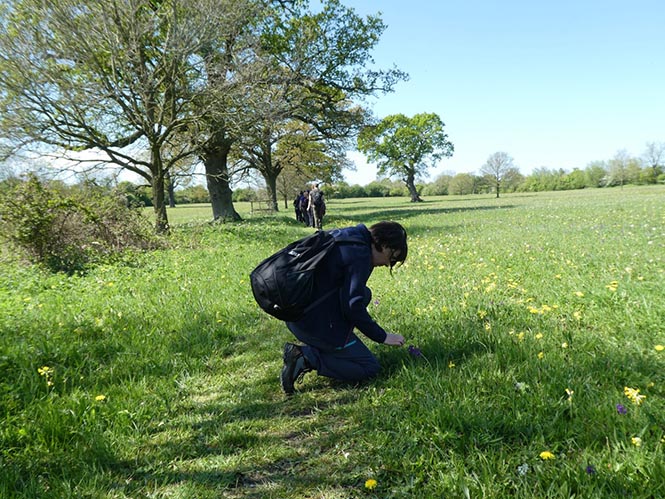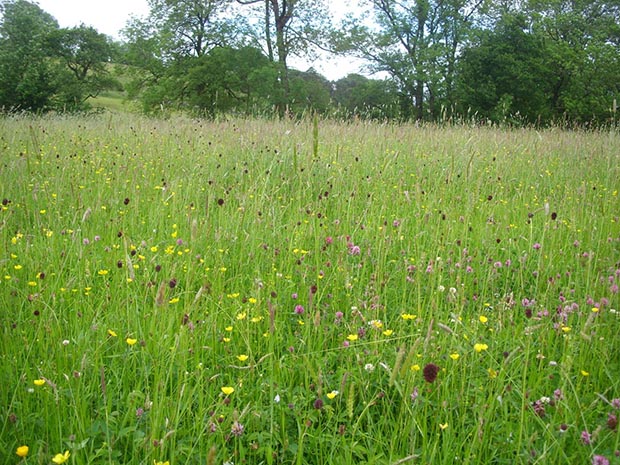
One of the most florally biodiverse habitats in Britain are hay meadows. To survive they need to be managed in their traditional way by having the livestock removed in early spring to let the grass grow, a hay cut in mid-summer followed by return of the livestock. Largely due to agricultural intensification there has been a 90% reduction of such meadows in the last half century and an increased isolation of those pockets of biodiversity that do survive.
To maintain such meadows, we need a continuation of their traditional management. However, for this to be sustainable we also need them to be connected. In this way they are more likely to be resilient to the pressures of climate change. Connectivity allows beneficial genes to spread between sites.

The degree of connectivity in the insect pollinated Yellow Rattle in upland and lowland sites has been investigated in the recent Edge Hill University PhD study by Elizabeth Sullivan (Elizabeth’s workplace – Malham Tarn) under the supervision of Prof Paul Ashton. Using genetic fingerprinting, Elizabeth found that connectivity in lowland Worcestershire was less than that in upland Lancashire in the Forest of Bowland, despite the higher density of meadows in Worcestershire.
The study found that it is likely the surrounding landscape in Worcestershire is unsuitable for pollinator movement due to intense agriculture. Thus, if meadows are to be sustainable we need intermediate points in the landscape that are managed in a low intensity manner and thus suitable for pollinators.

